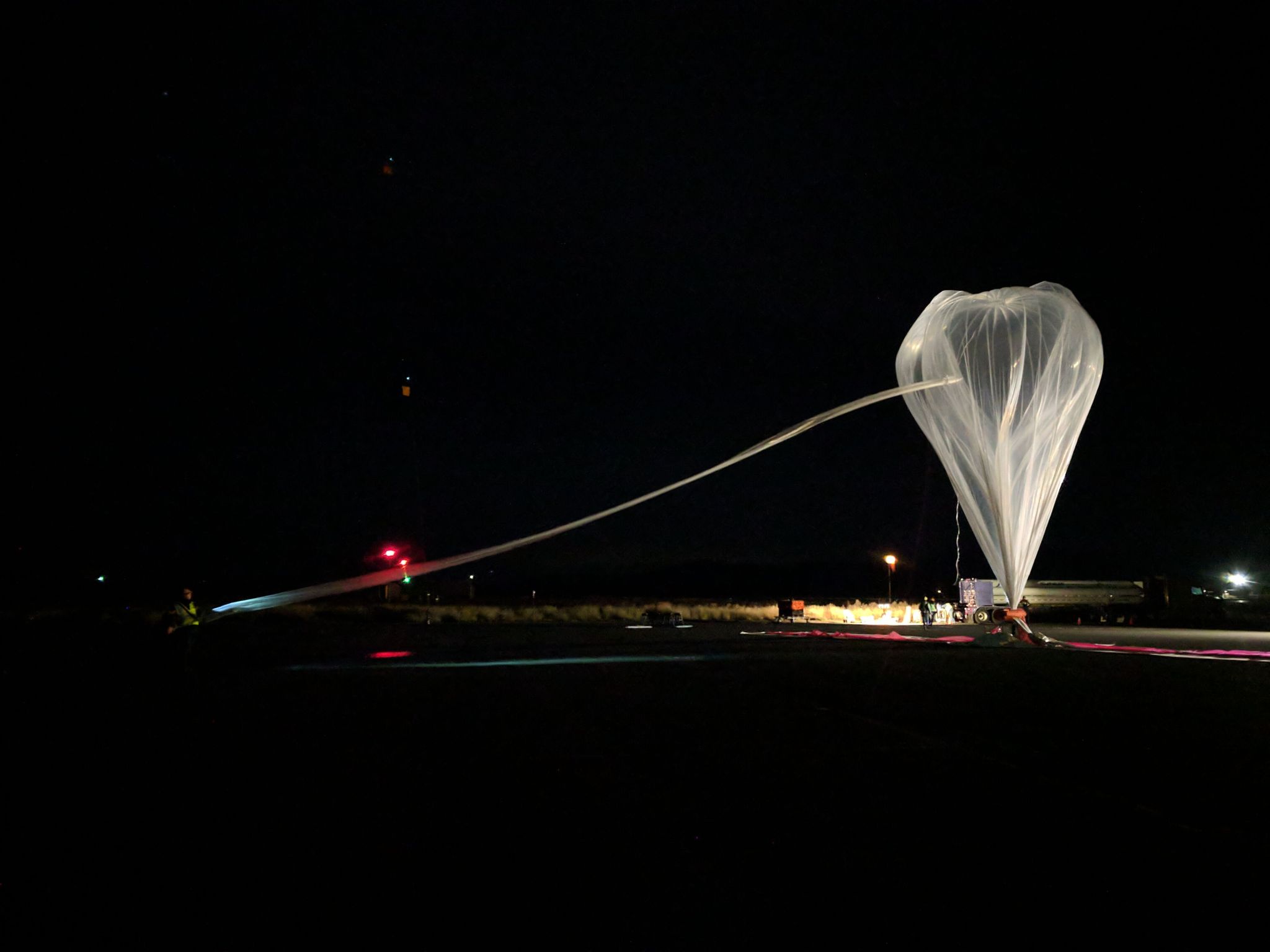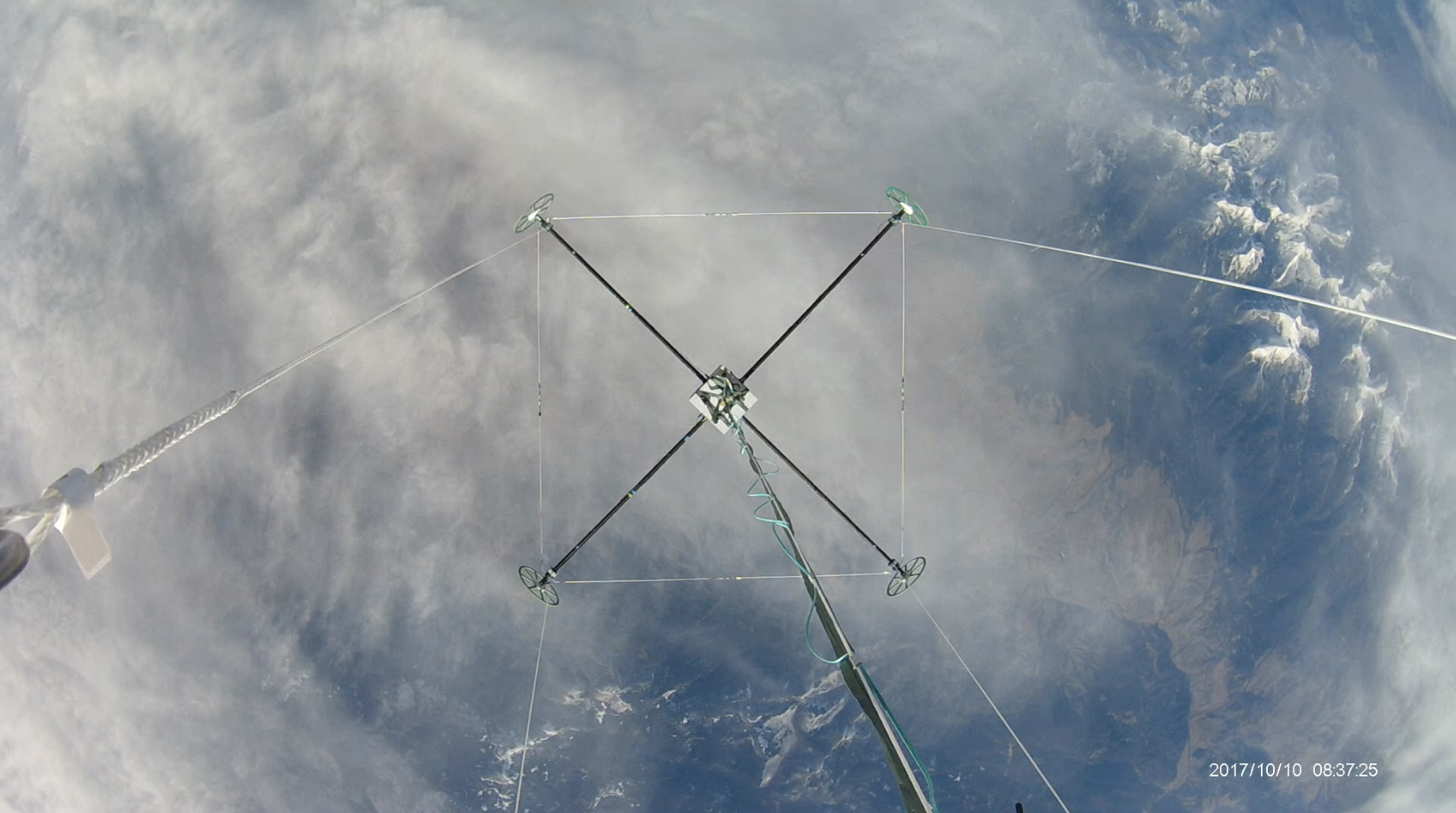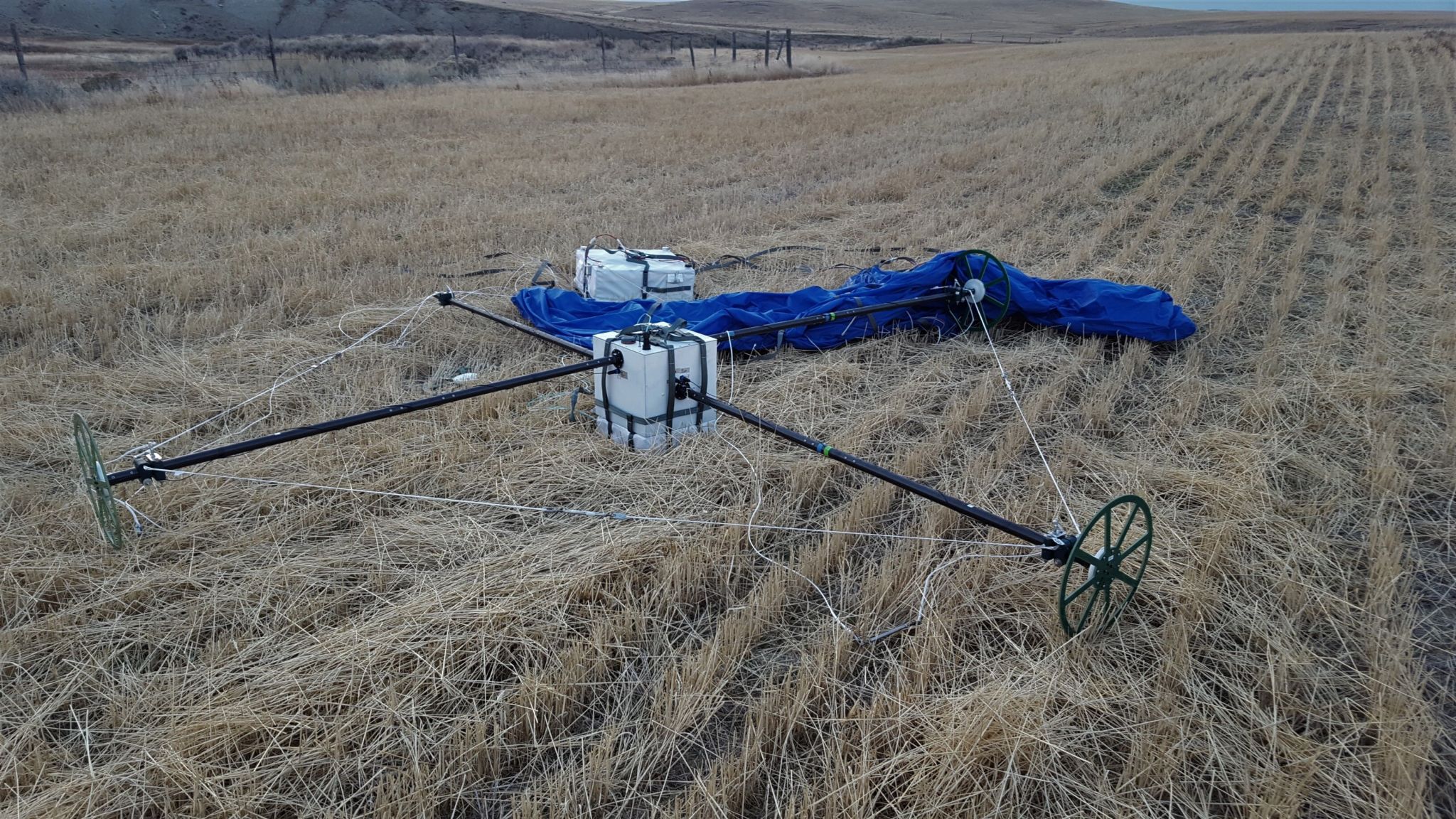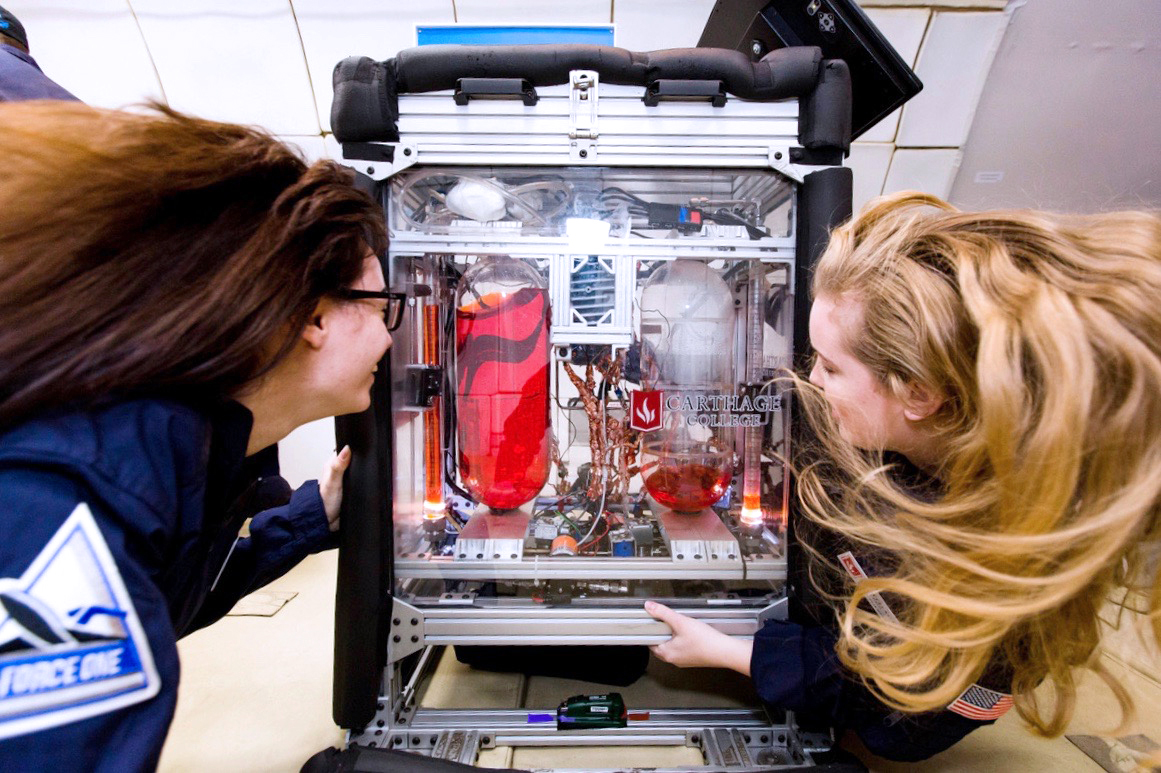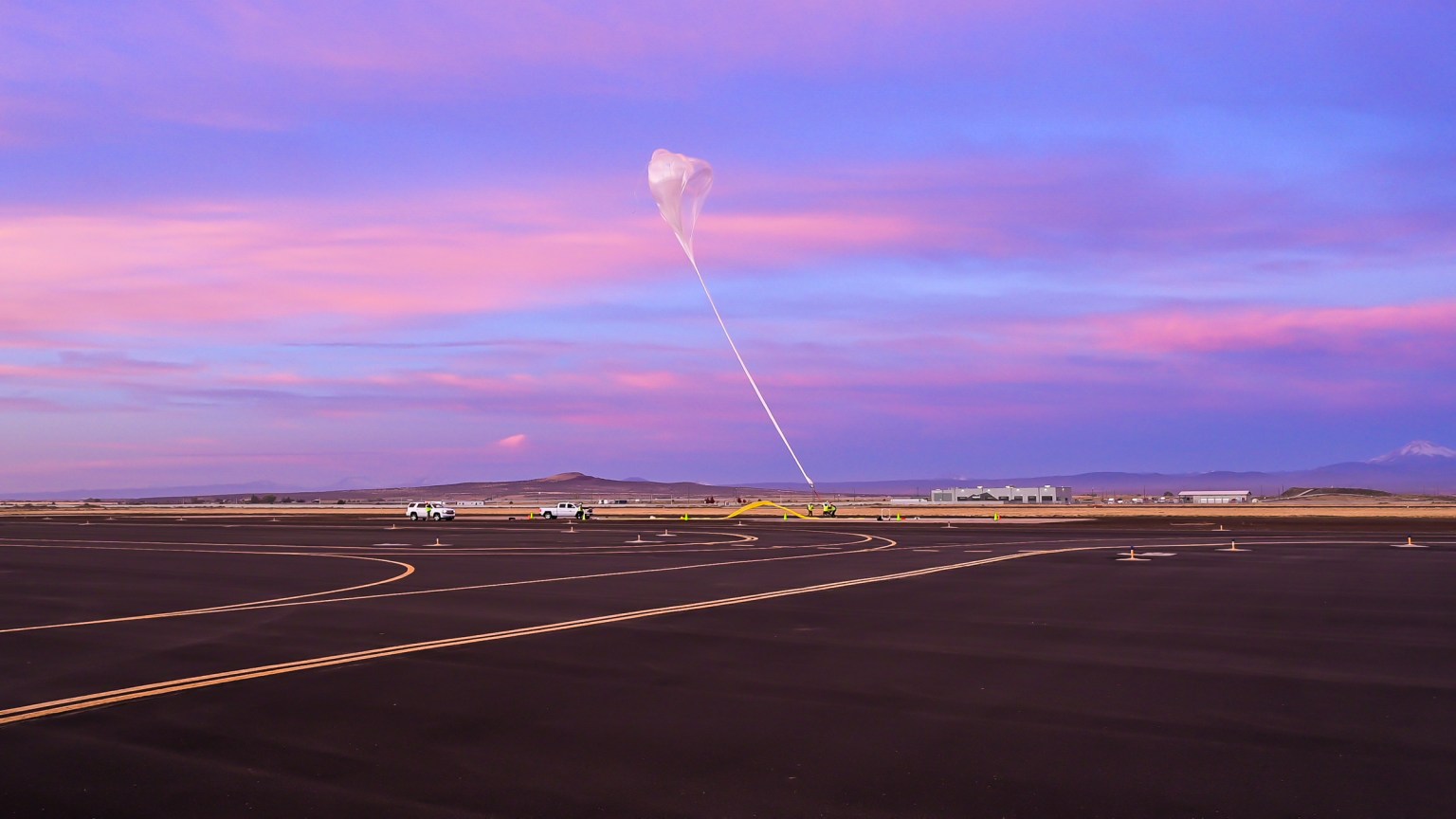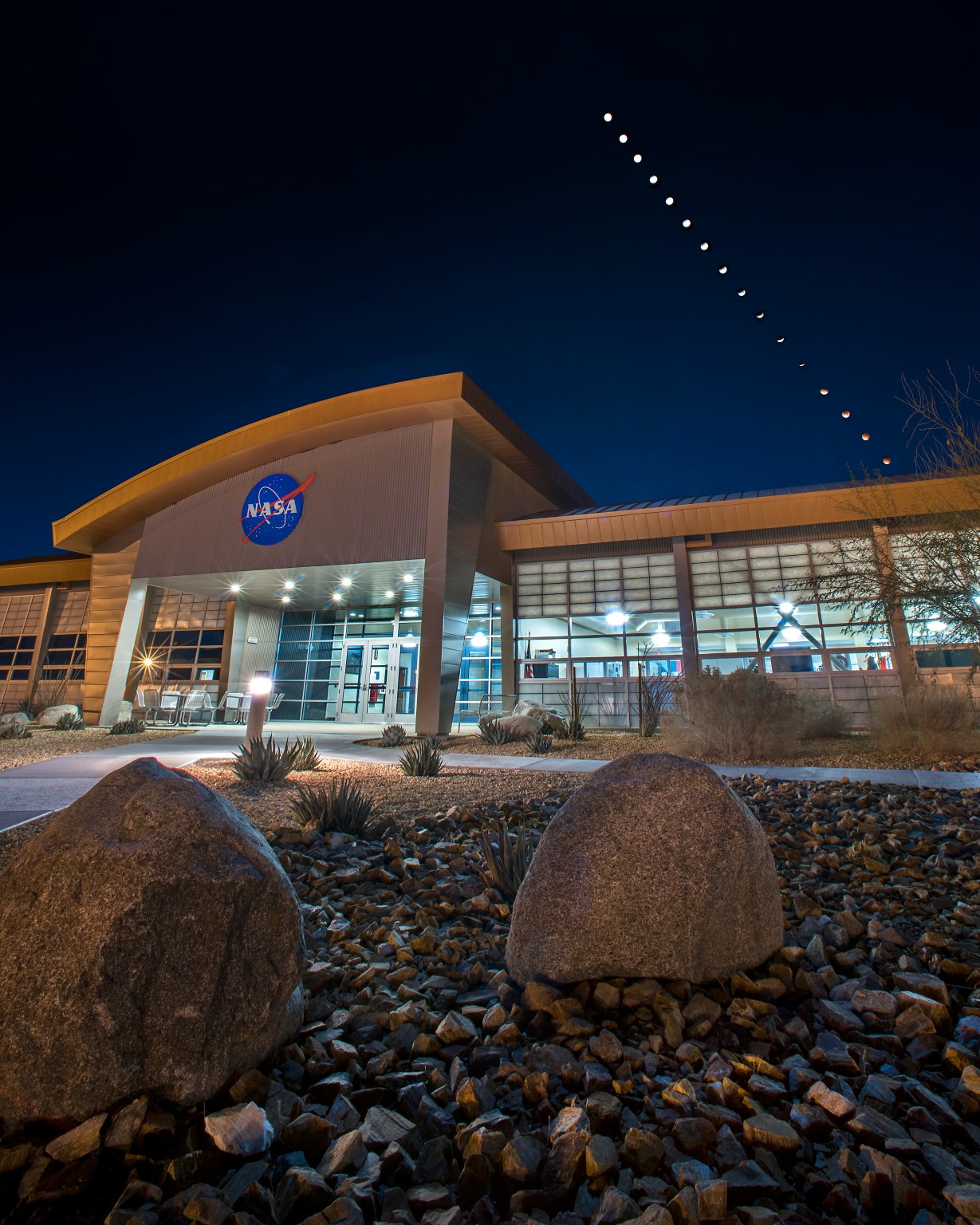How and why did the Earth evolve to be suitable for life, while other planets evolved to have distinctly inhospitable compositions?
Researchers at Southwest Research Institute (SwRI) in Texas aim to address this question through their High-Altitude Electromagnet Sounding of Earth and Planetary Interiors experiment by probing the crust and interior of the Earth and other planets—from the sky.
“The answer to this question has become even more important in recent years, as exoplanets including Earth-sized planets are being detected,” said SwRI principal investigator Robert Grimm. “And looking at those planets that are Earth-sized and seeing to what extent they may be Earth-like is going to be a big focus of future space research.”
SwRI’s experiment measures the electromagnetic waves known as the Schumann Resonances that circle the region between the Earth’s ionosphere, an area of an atmosphere that is actively growing and shrinking depending on the energy it absorbs from the Sun, and just above the planet’s surface, explained Grimm.
“By measuring how these electromagnetic waves penetrate into the ground, we can measure the electrical conductivity of the crust and infer its temperature,” said Grimm. “And if we can determine the temperature inside Venus [and other planets], then we can understand how its internal heating works and how that might have affected its geological history.”
SwRI’s experiment is edging closer to this goal thanks to a successful balloon flight in October 2017 facilitated by World View in Arizona and supported by grants from NASA’s Flight Opportunities and Planetary Instrument Concepts for the Advancement of Solar System Observations (PICASSO) programs. World View provides stratospheric balloon flights to the edge of space, approximating space-like conditions to give science payloads the relevant environment they need for testing.
For the SwRI flight, World View sent a crew to the Idaho Batholith—a vast complex of relatively young igneous rocks that includes several of the mountain ranges in central Idaho—to help meet the unique needs of the payload.
The researchers wanted to measure the electromagnetic waves in the air above terrain with crustal properties as similar as possible to that of Venus—a planet close in size and proximity to Earth yet completely different geologically.
Reconciling how these two planets evolved with many similarities but key differences that account for the habitability of one but not the other will require more missions to Venus itself, but testing the electromagnetic sounding experiment at a site like the Batholith is significant progress toward that goal.
“It’s as close as we can get to having something that looks like Venus here on Earth,” said Grimm.
The geologic requirements compelled World View to mobilize to a new launch location and develop a unique launch implementation specifically for the flight. Not only did the company succeed, but the unique launch site and cooperation and support of the McCall Idaho Municipal Airport may make other remote launch locations likely in the future.
“World View’s mobile flight service operations expands our ability to meet the needs of unique science investigation efforts, and comes with the added benefit of exposing new communities to stratospheric exploration,” noted Travis Palmer, World View’s program manager for Stratollite operations.
The smooth launch and landing was also made successful by World View’s preparations. These included building specialized rigging to electromagnetically isolate SwRI’s payload and a crash pad to minimize damage on landing—more than 300 miles from the launch site in the plains beyond the Batholith.
“I was expecting the instrument to be pretty banged up, but the only thing we have to fix is one electrode that broke off—a very easy repair,” said Grimm.
The recent flight test was a key step in showing that electromagnetic sounding measurements are feasible at high altitudes—necessary because of the scorching surface temperatures of Venus.
“Geophysicists make these measurements on the ground on Earth all the time,” explained Grimm. “But it’s very hot on the surface of Venus—over 800 °F—so to make a long-duration measurement is just not attainable.”
An altitude about 55 km above the surface of Venus provides relatively Earth-like conditions for data gathering, explained Grimm, which is why the prospect of a balloon mission to Venus is so attractive.
For now, SwRI begins the process of analyzing the data in preparation for a second balloon flight in spring 2018. Grimm said the company hopes to complete the process over the winter and then determine how to change the flight conditions to gather data at different times of day as well as any hardware and software modifications needed.
About NASA’s Flight Opportunities Program
Through the Flight Opportunities program, the Space Technology Mission Directorate (STMD) selects promising technologies from industry, academia, and government, and provides opportunities for testing and technology demonstration on commercial launch vehicles. The program is managed at NASA’s Armstrong Flight Research Center in Edwards, California. STMD is responsible for developing the crosscutting, pioneering new technologies and capabilities needed by the agency to achieve its current and future missions.
For more information about the Flight Opportunities program, visit: https://www.nasa.gov/flightopportunities
Leslie Williams
NASA Armstrong Flight Research Center
leslie.a.williams@nasa.gov



























